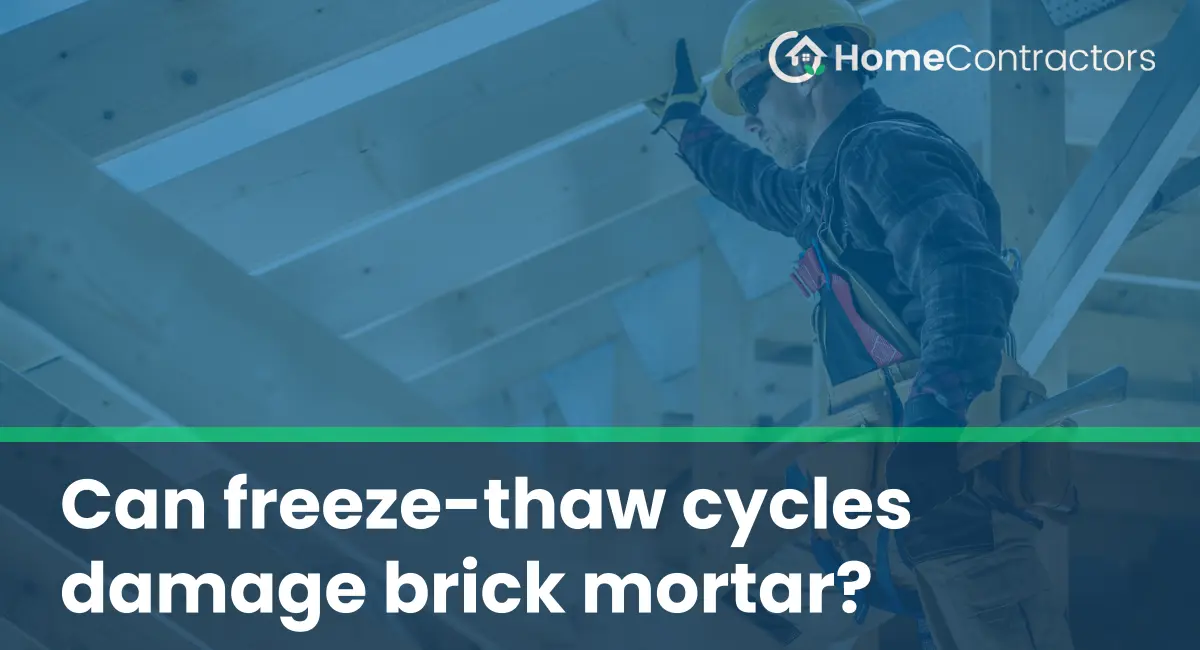Brick mortar is a crucial component of any masonry structure. It acts as the binding agent that holds the bricks together, providing strength and stability to the overall structure. However, prolonged exposure to freeze-thaw cycles can potentially damage brick mortar, leading to structural issues and aesthetic deterioration. In this article, we will explore the impact of freeze-thaw cycles on brick mortar and discuss preventive measures to mitigate this risk.
Understanding Freeze-Thaw Cycles:
Before delving into the potential damage caused by freeze-thaw cycles, it is essential to understand the phenomenon itself. Freeze-thaw cycles occur when moisture penetrates into brick mortar and subsequently freezes and thaws repeatedly. This process is most common in regions with cold climates, where temperature fluctuations are evident. Water expands when it freezes, exerting pressure on the surrounding materials, including brick mortar. The continuous repetition of this expansion and contraction can weaken the mortar, leading to cracks and degradation over time.
The Effects of Freeze-Thaw Cycles on Brick Mortar:
1. Cracking and Disintegration:
The primary damage caused by freeze-thaw cycles is cracking and disintegration of the brick mortar. As the water within the mortar freezes, it expands, applying stress on the surrounding mortar joints. Over time, this stress can lead to cracks or complete breakdown of the mortar, compromising the integrity of the entire structure. Furthermore, the constant freezing and thawing cycle can cause the mortar to become more porous, allowing even more water to penetrate, exacerbating the damage.
2. Water Infiltration and Moisture-related Issues:
As mentioned earlier, freeze-thaw cycles increase the porousness of the mortar. This increased porosity allows water to infiltrate deeper into the mortar joints. Eventually, moisture can reach the interior of the structure, leading to a host of issues. Water infiltration can degrade the structural stability of the bricks by altering their composition and weakening their bond with the mortar. Additionally, prolonged moisture exposure can promote the growth of mold, mildew, and other harmful organisms, impacting the indoor air quality and causing health concerns.
Preventive Measures to Protect Brick Mortar:
1. Quality Mortar Mix:
Using a high-quality mortar mix with appropriate proportions of Portland cement, sand, and lime can significantly improve the mortar’s durability and resistance to freeze-thaw damage. Consult with a professional mason to determine the ideal mortar mix for your specific climatic conditions and brick type.
2. Appropriate Brick and Mortar Joint Thickness:
Properly sized bricks and mortar joints are crucial to withstand the stress caused by freeze-thaw cycles. Consult experts to ensure you use bricks and mortar joints with suitable dimensions that can accommodate the necessary expansion and contraction.
3. Sealants and Protective Coatings:
Applying sealants or protective coatings on the exterior surface of brick mortar can help minimize water penetration. Silicone-based sealants or breathable coatings can create a barrier that prevents excessive water absorption, reducing the risk of freeze-thaw damage.
4. Regular Inspections and Maintenance:
Periodic inspections by professionals can help identify early signs of freeze-thaw damage and allow for timely repairs. Monitoring the condition of the mortar joints, detecting cracks or deterioration, and taking necessary measures promptly can prevent further damage and costly repairs in the long run.
Freeze-thaw cycles can indeed pose a significant threat to brick mortar, potentially causing cracking, disintegration, and allowing water infiltration. Implementing preventive measures, such as using high-quality mortar mixes, appropriate brick and mortar joint thickness, applying sealants, and conducting regular inspections, can help mitigate the risk and ensure the durability and longevity of masonry structures. By understanding the impact of freeze-thaw cycles and taking proactive steps, we can protect our brick mortar and preserve the structural integrity of our buildings.
